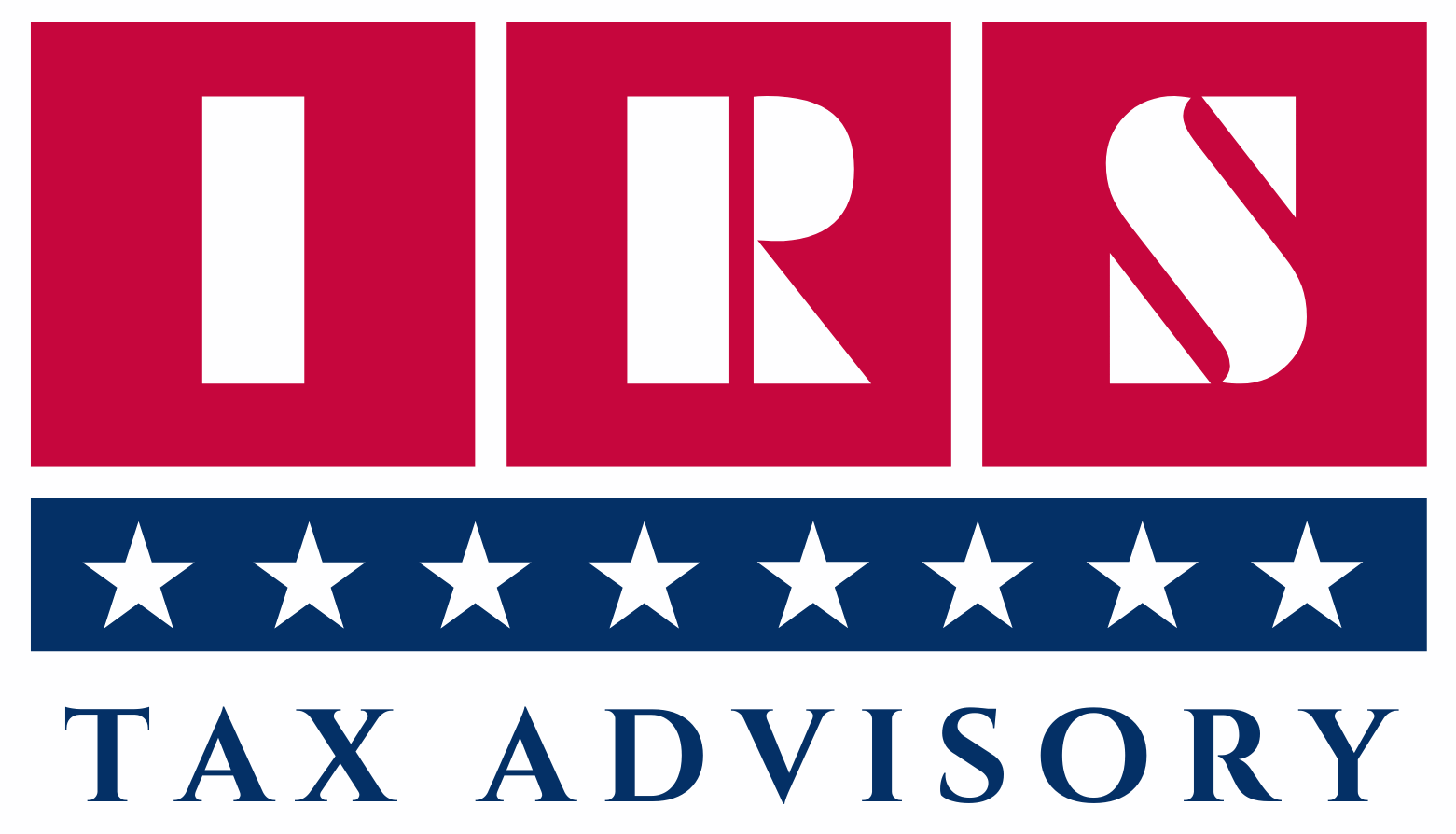Sole Proprietorship: Comprehensive Explanation in 2025
Table of Contents
What Is a Sole Proprietorship?

A sole proprietorship is the simplest and most common form of business structure in the United States. It is an unincorporated business owned and operated by one individual. There is no legal separation between the business and the owner, meaning the owner is personally liable for all debts and obligations.
When you start working for yourself without forming an LLC or corporation, you are automatically a sole proprietor under U.S. law.
Key Features of a Sole Proprietorship
- Single Owner: One individual owns and controls the business.
- No Formal Filing Needed: You don’t need to register with the state unless you’re using a trade name (DBA).
- Full Control: The owner makes all business decisions.
- Personal Liability: The owner is personally responsible for all business debts and lawsuits.
- Simplified Taxes: Income and expenses are reported on the owner’s personal tax return.
Tax Classification of Sole Proprietorship
A sole proprietorship is the simplest and most common business structure in the U.S., where the business is owned and operated by one individual without forming a separate legal entity. For tax purposes, a sole proprietorship is classified as a disregarded entity, meaning the business income and expenses are reported directly on the owner’s Form 1040, Schedule C. The owner pays income tax and self-employment tax (Social Security and Medicare) on the net earnings. There’s no separate business tax return or corporate taxation. This pass-through structure avoids double taxation but offers no personal liability protection. Sole proprietors must also file Schedule SE to calculate self-employment tax.
Sole proprietorships are not separate tax entities. Instead, the IRS treats them as pass-through entities for tax purposes.
Here’s how taxation works:
| Tax Aspect | Details |
| Federal Income Tax | Reported on Form 1040, Schedule C (Profit or Loss from Business) |
| Self-Employment Tax | Must pay Social Security and Medicare taxes using Schedule SE |
| Estimated Taxes | Required to file quarterly estimated tax payments (Form 1040-ES) |
| State Taxes | Varies by state; may include income, franchise, and sales taxes |
Key Forms
- Schedule C – Report income/loss
- Schedule SE – Self-employment tax
- Form 1040 – Main tax return
- Form 1040-ES – Estimated quarterly payments
EIN and Banking
An EIN (Employer Identification Number) is a unique 9-digit number issued by the Internal Revenue Service (IRS) to identify a business entity for tax and regulatory purposes.
Think of it as a Social Security Number (SSN) for your business.
- You can use your Social Security Number (SSN) for federal taxes.
- However, an Employer Identification Number (EIN) is required if:
- You have employees
- You file excise taxes
- You want to open a business bank account
Advantages of a Sole Proprietorship
A sole proprietorship offers several key advantages, making it an ideal choice for small business owners and freelancers. It is the easiest and least expensive business structure to form, with minimal legal paperwork and startup costs. The owner has complete control over decision-making and keeps all profits generated by the business. Tax filing is straightforward, as income and expenses are reported on the owner’s personal tax return (Schedule C), avoiding double taxation. Additionally, sole proprietors benefit from flexibility in managing business operations and can deduct business expenses to reduce taxable income. This structure is perfect for low-risk businesses and first-time entrepreneurs.
- Easy and inexpensive to start
- Full control over decisions
- Simplified tax filing
- Minimal legal requirements
Disadvantages of a Sole Proprietorship
A sole proprietorship has several disadvantages that can limit long-term growth and protection. The biggest drawback is the lack of liability protection—the owner is personally responsible for all business debts and legal obligations. This means personal assets like a home or savings are at risk. Sole proprietors may also find it difficult to raise capital, as they cannot issue stock and may struggle to gain investor confidence. Additionally, they are subject to self-employment taxes on all profits and may face challenges in establishing business credit. Limited scalability and no business continuity after the owner’s death are also key concerns.
- Unlimited personal liability
- Difficulty raising capital
- Limited business continuity (dies with owner)
- Fewer tax planning opportunities than corporations
Tax Example for Sole Proprietors
If a sole proprietor earns $80,000 in net income:
- Federal income tax applies based on brackets (10% to 37%)
- Self-employment tax = 15.3% on the first $168,600 (2025 limit)
- Covers Social Security (12.4%) and Medicare (2.9%)
When to Consider Switching to an LLC or S-Corp?
Business owners should consider switching to an LLC or S-Corp when their sole proprietorship begins to grow in income, risk, or complexity. An LLC offers liability protection, separating personal assets from business debts, which is crucial as the business takes on clients, contracts, or employees. An S-Corp may provide tax savings by allowing the owner to split income into salary and distributions, reducing self-employment tax. Transitioning is also smart when seeking to build business credit, attract investors, or establish a more professional image. Additionally, if you’re earning over $50,000–$100,000 in net profit, an S-Corp election could significantly lower your tax burden.
As your business grows, you may want to:
- Limit personal liability
- Access business credit or investors
- Save on self-employment taxes (via S Corporation election)
Summary Table
| Feature | Sole Proprietorship |
| Legal Status | Not separate from owner |
| Tax Reporting | Form 1040 + Schedule C, SE |
| Tax Classification | Pass-through; self-employment tax applies |
| Setup Cost | Low |
| Liability | Unlimited personal liability |
| Ideal For | Freelancers, consultants, gig workers, etc. |
Conclusion
A sole proprietorship is an excellent starting point for solo entrepreneurs, side hustlers, and freelancers. It’s easy to form, simple to operate, and comes with straightforward tax rules. However, as the business scales, owners should consider formal structures like an LLC or S Corporation for liability protection and tax efficiency.







